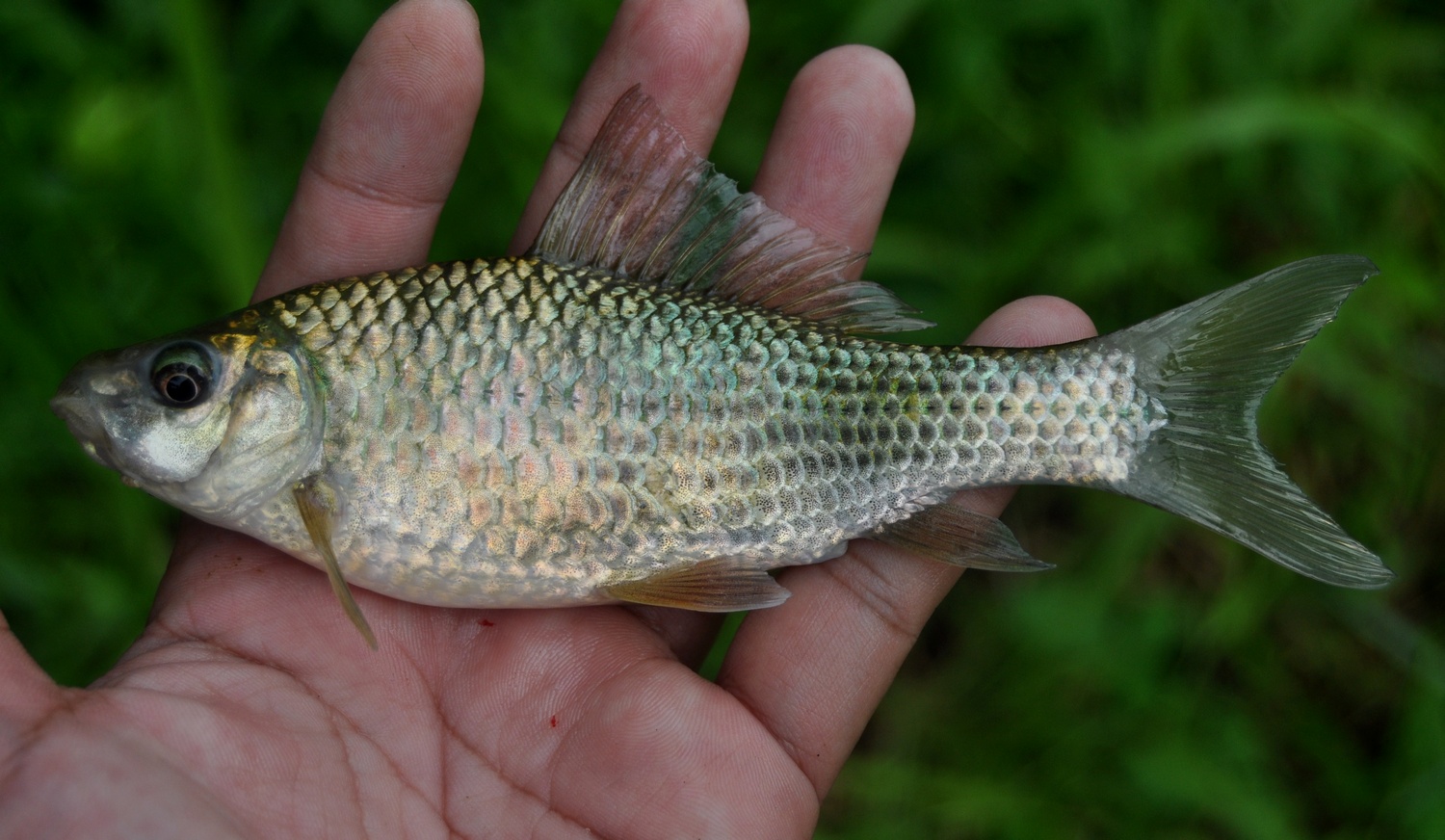Indonesia’s freshwater biodiversity is one of the largest in the world. It is natural because Indonesia is located in a tropical region located between Asia and Australia so Indonesia has a unique freshwater fish species that are not found in other regions. Some species are endemic and rare. Therefore, studies should be conducted to save the existence of these species.
Since western Indonesia is divided into several islands due to the rising sea levels from the melting ice in poles, many freshwater fish species are isolated in an area and their distribution is limited. The existence of freshwater fish has long been used by the community as a source of protein. But some of them are less concerned about the condition of each species. As long as they are fish, people tend to take them without regard to their conservation status. For example, Javanese Belida fish (Notopterus notopterus ) which has been protected by the Indonesian government for a long time since 1999 but the practice of catching it continues to this day.
This fact inspired freshwater fish researchers from Universitas Airlangga Surabaya in collaboration with researchers from Brawijaya University Malang to find out more about the current condition of freshwater fish diversity, especially in Java. The results of these studies showed new facts that fish which were limited and only found in certain regions were also scattered in other regions. In this article the freshwater fish species that will specifically be discussed is Lobocheilos falcifer, in the local language called Mangut fish. This fish has similar physical characteristics with Tawes fish( Barbonymus gonionotus ) but it has several pore protrusions in the muzzle and the mouth is underneath. In general, the body of Mangut fish is silver.
Mangut fish, biogeographically, is spread in Sumatra, Kalimantan and West Java. In West Java, it was found in Cisadane River, Ciliwung River and Citarum River. However, recent studies have shown that these fish also spread to Central Java in Wadaslintang Reservoir, Wonosobo Regency. This discovery is the first ever recorded outside its natural habitat (West Java), and it was eastward from the previous distribution about 300 km away (Figure 2). Is the Mangut fish also spread to East Java, until now researchers have not found it and that the search can be continued.
According to the local community along the river aforementioned, Mangut fish is the most difficult species to find. The fish is only in clear water, free of pollution. It is an indication that this species cannot withstand extreme environmental changes so its presence in nature is very limited. Due to lack of data, Mangut fish have not been officially registered as an endangered species in the IUCN Redlist, but their status deserves a review.
We would never want mangut fishes to be completely gone from their habitat before everyone realizes it like Leat fish ( Lobocheilos lehat ) case. The fish is still a genus with mangut fish but freshwater fish experts suspect it has long been extinct, because since it was first discovered in the late 19th century in West Java, the fish has not been rediscovered until now in any region including outside Java.
Several studies of freshwater fish in Indonesia are sometimes limited to only one river flow, thus opening up opportunities for other researchers to explore different rivers. The challenges ahead will not only focus on biogeographic studies, but also efforts to breeding. They require fish biologists to collaborate on researches. The aim is to breed mangut fish in an artificial environment so they are preserved well in nature.
Author: Veryl Hasan
Further details about this research can be accessed at https://www.researchgate.net/publication/335104828_Distribution_extension_and_first_record_of_Lobocheilos_falcifer_Cypriniformes_Cyprinidae_in_Central_Java_Province_Indonesia
Hasan V, Soemarno, Widodo SW, Wiadnya DGR, Mukti AT, Irawan B (2019) Distribution extension and first record of Lobocheilos falcifer (Cypriniformes, Cyprinidae) in Central JavaProvince, Indonesia. Eco. Env. & Cons. 25 (July Suppl. Issue): S158-S161.





